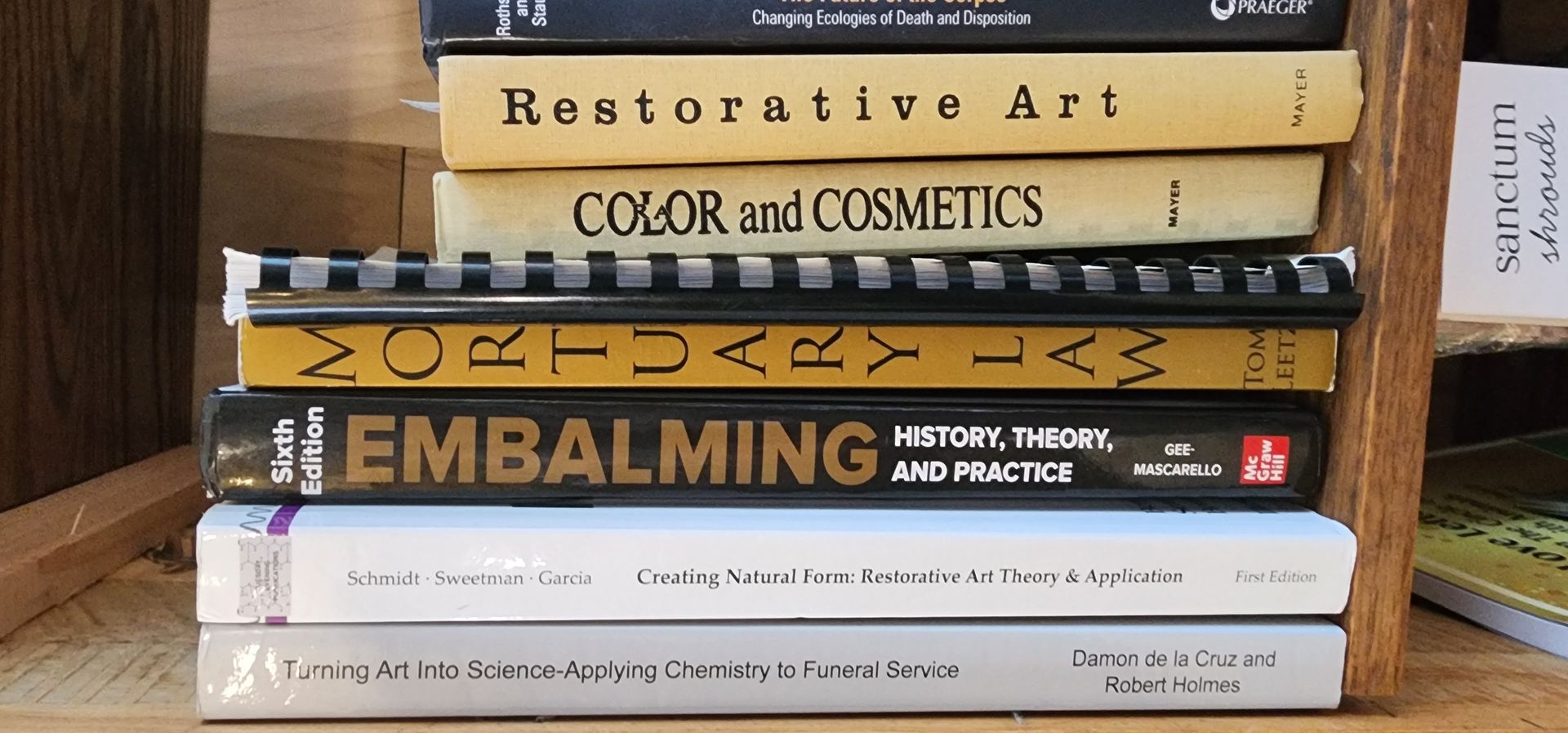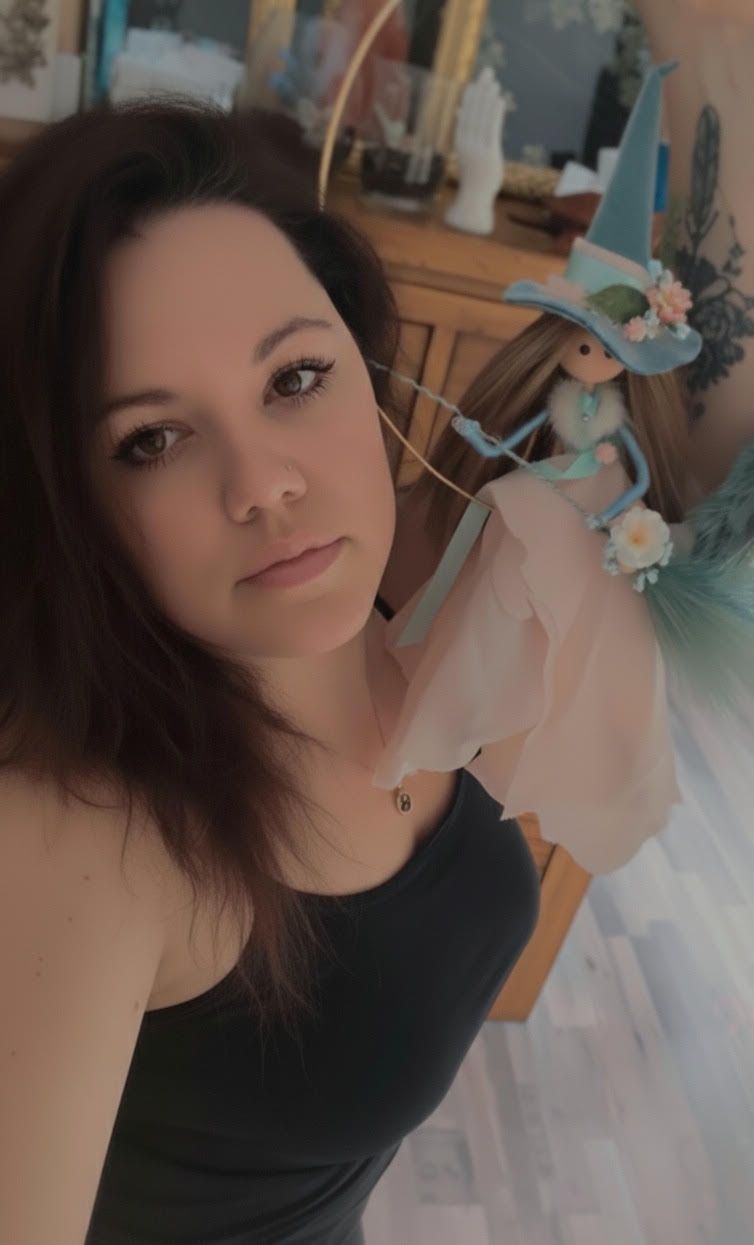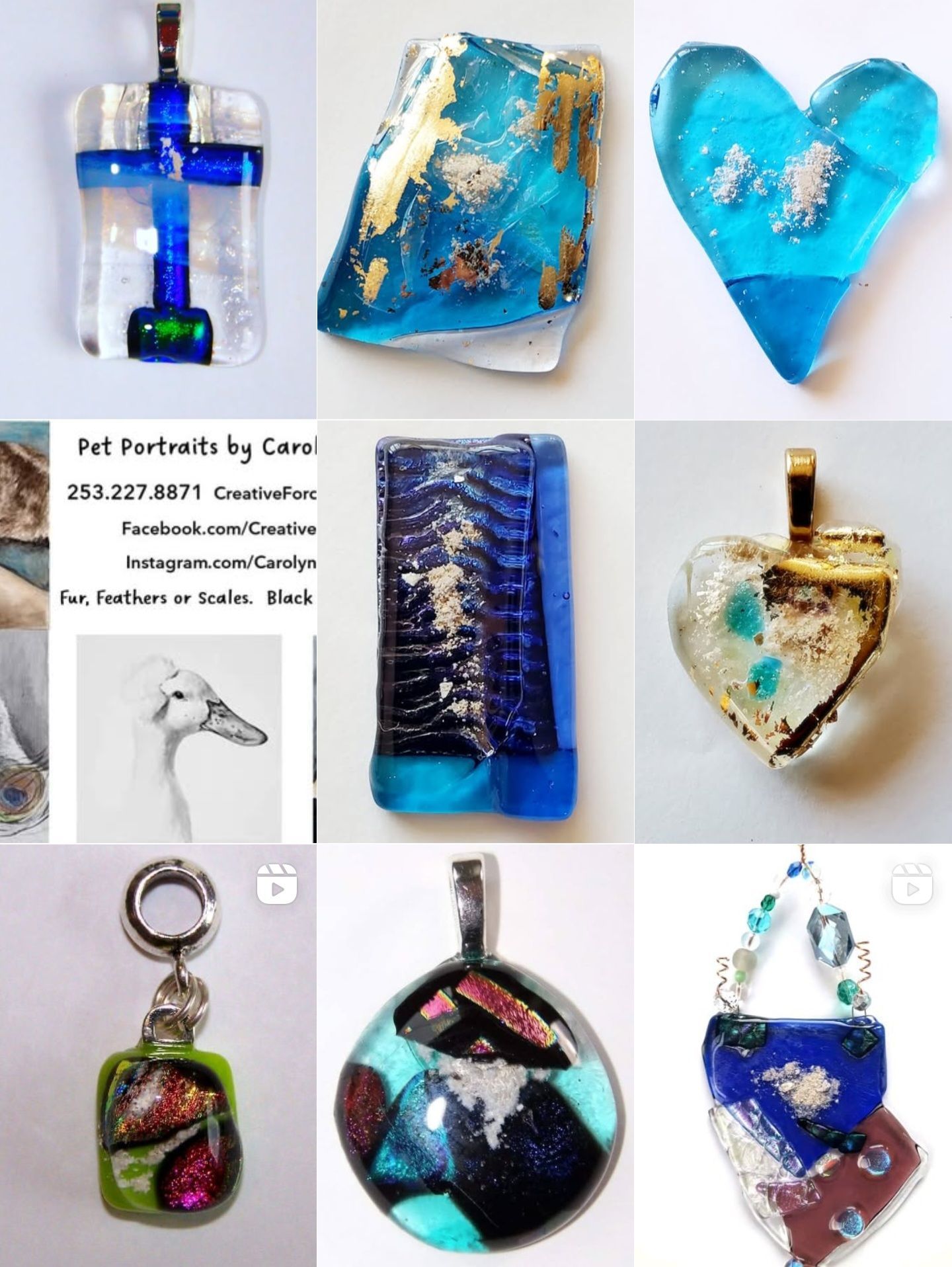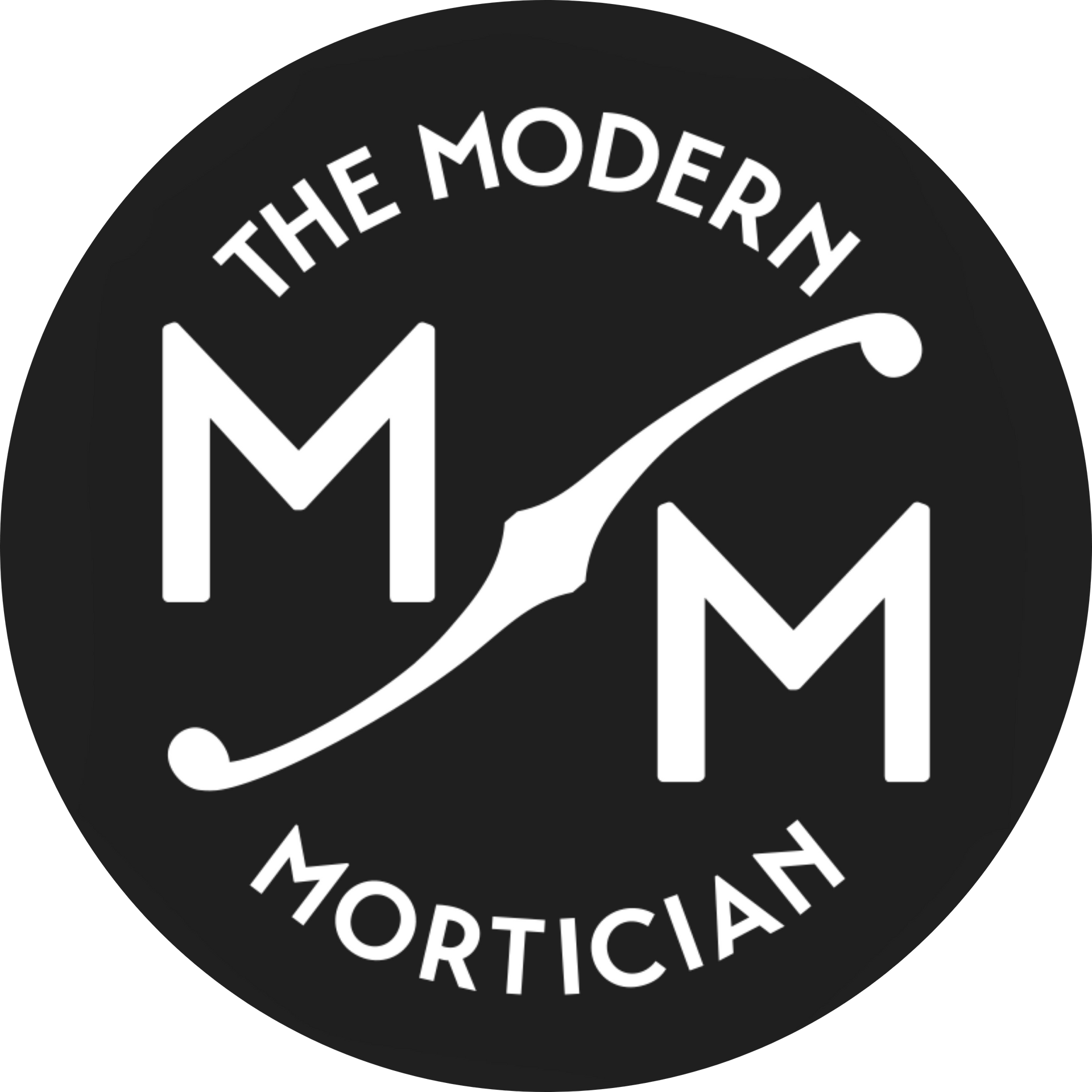Top 2024 TikTok Influencers Redefining the Funeral Industry

Social media platforms like TikTok are giving rise to a new wave of deathcare professionals who are making the funeral industry more transparent, engaging, and accessible. Among the most notable influencers are @funeralbabe, @hollisfuneralhome, and @laurenthemortician, each offering unique perspectives on life, death, and the work of funeral professionals.
@funeralbabe
With over 944,500 followers and 16.8 million likes, @funeralbabe captures the attention of audiences by sharing insights into the life of an undertaker. Her content blends education and relatability, covering topics like grief, the logistics of funerals, and the emotional weight of working in deathcare. By shedding light on the profession, she helps normalize conversations about death and funerals for a wide audience.
@hollisfuneralhome
Based in Syracuse, New York, @hollisfuneralhome has garnered over 925,600 followers and 21.5 million likes by offering an authentic and often humorous look at life inside a funeral home. Their content resonates with audiences by showing the human side of funeral professionals, blending moments of levity with respectful, insightful discussions about death and grieving.
@laurenthemortician
With a massive following of over 2.7 million followers and 79.5 million likes, Lauren Eliza (@laurenthemortician) is a licensed funeral director and embalmer who uses TikTok to educate her audience on deathcare practices and funeral industry insights. Lauren’s candid and educational approach makes her a standout figure on the platform.
However, in 2023, Lauren faced controversy over a public dispute with a multiple fellow TikTok creators, which raised questions about professional conduct. Despite this, her work continues to spark conversations about death and funeral services with the help of those managing her, regurgitating others original content as her own in an attempt to demystify the industry for her millions of followers.
Why These Influencers Matter
These creators are helping to reshape how people view and understand the funeral industry. By leveraging TikTok’s platform, they bring transparency, education, and humanity to a profession that is often shrouded in mystery. From the heartfelt and educational to the humorous and relatable, their contributions are fostering a broader cultural conversation about death, mourning, and the professionals who guide us through life’s final transitions.
New Paragraph












